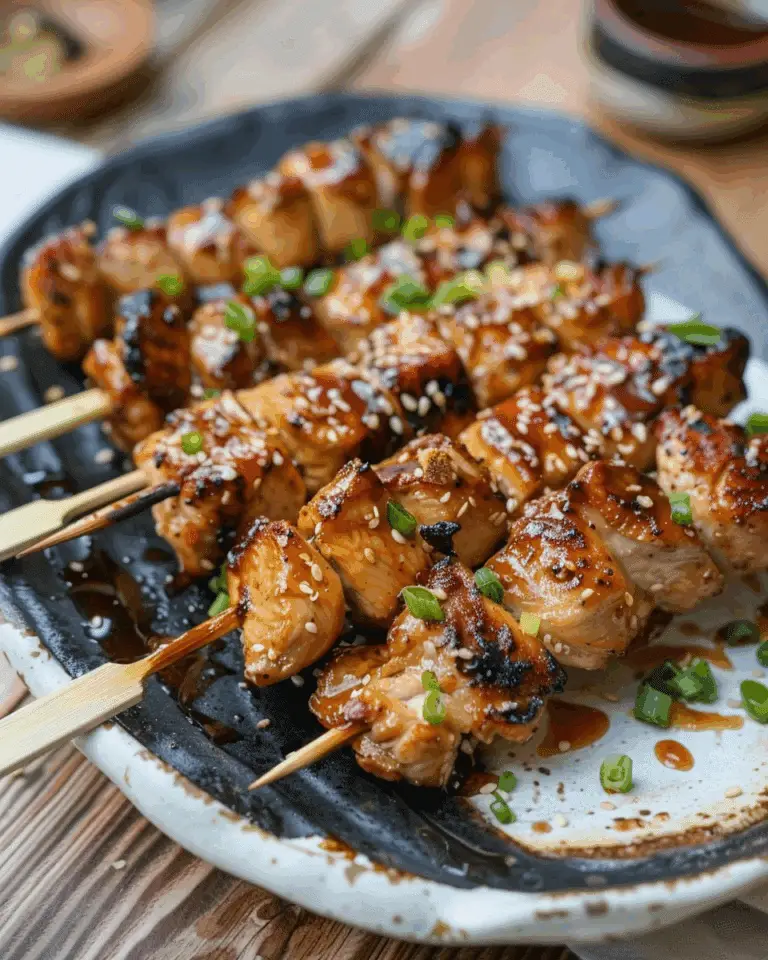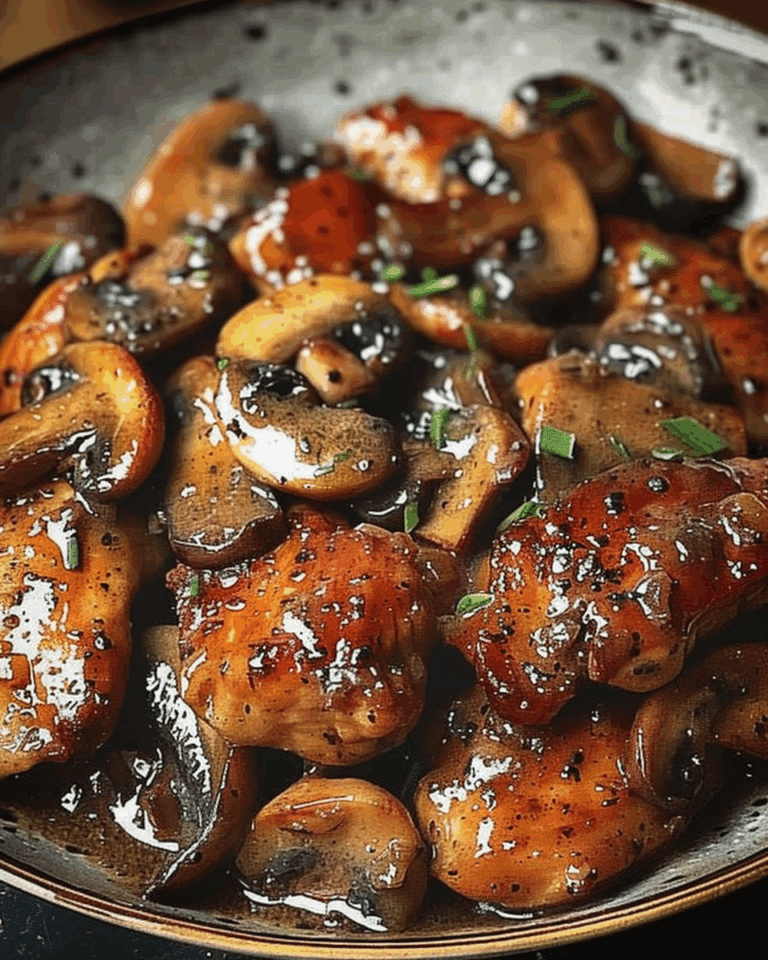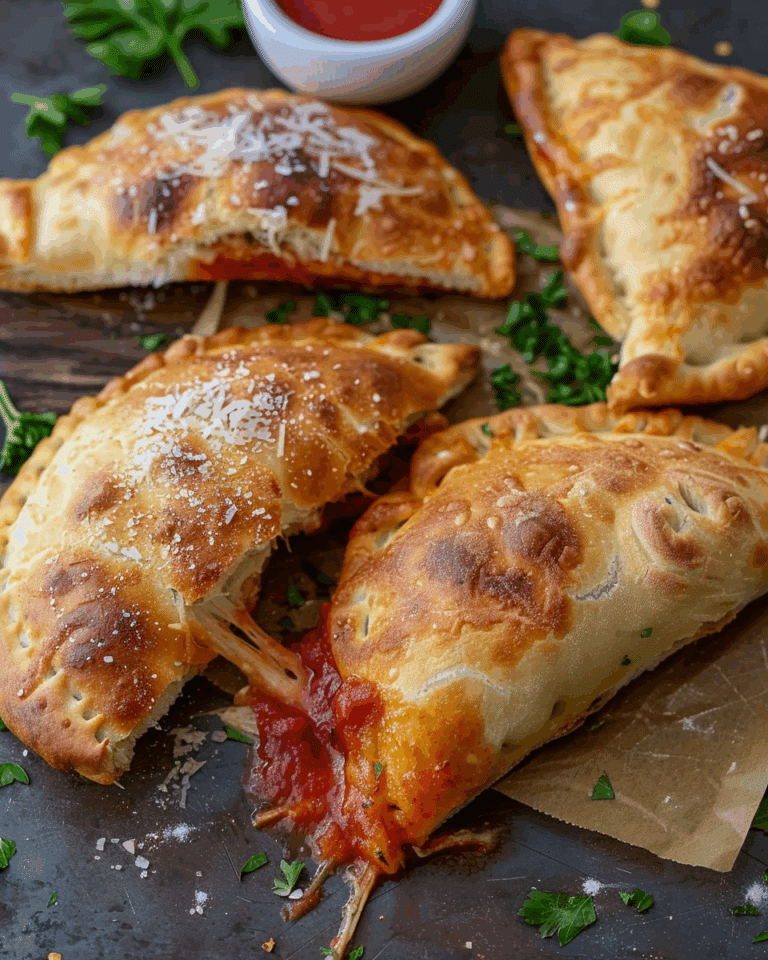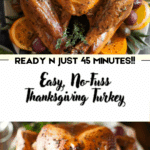Why You’ll Love Easy, No‑Fuss Thanksgiving Turkey Recipe
-
It’s fool‑proof — no complicated brining process or unusual techniques required.
-
It yields a moist, flavorful turkey by focusing on proper cooking time and internal temperature.
-
It’s manageable even if you’re not a seasoned cook — the preparation is straightforward and the instructions clear.
-
The recipe uses everyday ingredients and doesn’t require special equipment beyond a roasting pan and thermometer.
Ingredients
(Tip: You’ll find the full list of ingredients and measurements in the recipe card below.)
• 1 turkey (12‑20 pounds)
• 1 onion, peeled and quartered
• 1 lemon, quartered
• 1 apple (your favorite kind), quartered
• ¾ oz container fresh rosemary
• ¾ oz container fresh thyme
• ¾ oz container fresh sage
For the herb butter:
• 1 cup unsalted butter, softened
• 1 teaspoon salt
• ½ teaspoon freshly ground black pepper
• 6‑8 garlic cloves, minced
• Fresh chopped herbs (rosemary, thyme, sage)
Directions
-
If the turkey is frozen: thaw in the fridge, allowing 24 hours for every 5 pounds (plus a little extra time to be safe).
-
Remove the turkey from the fridge about 1 hour before roasting to bring toward room temperature.
-
Preheat the oven to 325 °F (about 163 °C). Adjust rack so turkey sits in centre of oven.
-
Make the herb butter: combine softened butter, minced garlic, salt, pepper, one tablespoon chopped rosemary, one tablespoon chopped thyme, and half‑a‑tablespoon chopped sage. Reserve remaining chopped herbs for cavity.
-
Remove the turkey from packaging, remove neck and giblets from cavities (reserve or discard). Pat the turkey very dry with paper towels.
-
Season the cavity of the turkey with salt and pepper. Stuff the cavity with the quartered lemon, onion, apple and remaining herbs.
-
Use your fingers to loosen and lift the skin above the breasts; smooth a few tablespoons of the herb butter underneath that skin.
-
Tuck the wings of the turkey underneath the bird so it sits flatter and the wings won’t scorch.
-
If using a roasting rack: place the turkey on it inside a roasting pan. If not, place chopped vegetables (such as carrots, onion, celery) at bottom of pan to act as a bed/rack.
-
Microwave the remaining herb‑butter mixture for about 30 seconds (just softened) and brush it all over the outside of the turkey (legs, wings, surface).
-
Roast at 325 °F for ~13‑15 minutes per pound, until the internal temperature reaches approximately 165 °F (74 °C) in the thickest part of the thigh and breast.
-
About halfway through cooking: if the skin has achieved a golden brown colour, tent the breast with foil to prevent overcooking. Alternatively you can start with foil on and remove it during last hour for browning.
-
Once done, remove turkey from oven and let it rest for 20‑30 minutes before carving. Tent it loosely with foil while resting. You can reserve the drippings for gravy.
Servings and timing
-
Serves: Approx. 16 people.
-
Prep time: ~20 minutes.
-
Cook time: ~3 hours 30 minutes (for a 12‑20 lb turkey) — cook time will vary depending on size.
-
Total time: ~3 hours 50 minutes (including resting)
Variations
-
If you prefer, you can substitute dried herbs: use 1 teaspoon dried herbs for each 1 tablespoon fresh herbs.
-
You can swap the apple with a pear, or the lemon with an orange for a slightly sweeter flavour.
-
If you don’t want to use butter, you can substitute olive oil — just brush it over the turkey to achieve crisp skin and good flavour.
-
For a smaller crowd, you could cook a turkey breast instead of a whole turkey.
-
If you have a convection oven, you can use the same method — start checking internal temperature earlier, since it will cook faster.
Storage/Reheating
-
After carving, store leftover turkey in an airtight container in the refrigerator for up to 3‑4 days.
-
To freeze, pack in freezer‑safe bags or containers and freeze for up to 2‑3 months.
-
For reheating: Preheat your oven to about 325 °F. Place turkey slices in a covered dish with a little turkey stock or gravy to keep moist, and reheat until internal temperature reaches 165 °F. Alternatively, you can reheat in a microwave in short intervals, covering the dish and adding moisture to avoid drying.
FAQs
What size turkey should I buy?
Buy around 1.5 pounds per person to allow for leftovers and generous portions. For example, for 6 people aim for at least a 10‑pound turkey.
Do I need to wash the turkey before roasting?
No — washing the turkey is discouraged because it can spread bacteria in your sink and surrounding surfaces. Instead, remove the turkey from packaging, pat it dry, and cook it; any bacteria will be killed during the roasting.
Do I have to brine the turkey?
No — while brining can add flavour and moisture especially for wild‑turkey, for a good quality store turkey you can skip the brine and still get a great result.
Do I have to baste the turkey while roasting?
No — the recipe advises against constant basting because opening the oven lowers the heat and can prolong cooking time and risk drying out the turkey. Instead, apply herb butter at start and tent with foil later if needed.
How do I know when the turkey is done?
Use an instant‑read thermometer: the thickest part of the thigh and breast should reach about 165 °F (74 °C). Insert thermometer into the meat, not touching bone.
Can I cook stuffing inside the turkey cavity?
It’s not recommended for this method. Cooking stuffing inside the cavity can lead to overcooking the turkey before the stuffing reaches safe temperature. Instead cook your stuffing separately in a casserole dish; use the cavity for flavour aromatics like onion, apple, lemon and herbs.
How long should I let the turkey rest after roasting?
Let the turkey rest for at least 15 minutes, and up to 30‑40 minutes. Resting allows the juices to redistribute, which helps ensure the meat remains moist when you carve.
Can I use vegetables under the turkey instead of a roasting rack?
Yes — placing chopped vegetables (such as carrots, celery, onions) under the turkey in the pan will elevate it slightly and act as a makeshift rack. These vegetables also add flavour to the pan drippings for gravy.
What oven temperature should I use?
This recipe uses 325 °F (163 °C) for roasting. In a convection oven you may want to start checking internal temperature earlier because the turkey will cook faster.
How can I prevent the breast meat from drying out while waiting for the thighs to finish cooking?
Once the skin has reached a golden brown, cover the breast area loosely with foil (tenting) to slow its browning and protect it from over‑cooking while the rest of the bird finishes.
Conclusion
With minimal fuss and clear steps, this roasted turkey method delivers a beautifully golden, juicy and flavorful bird without the stress of complicated techniques. Whether this is your first time cooking a turkey or you’re a seasoned holiday host, this recipe gives you the confidence to focus on the rest of the meal while knowing the turkey will shine at the centre of your table.
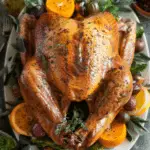
Easy, No‑Fuss Thanksgiving Turkey
5 Stars 4 Stars 3 Stars 2 Stars 1 Star
No reviews
- Author: Mia
- Total Time: 3 hours 20 minutes
- Yield: 12–16 servings
- Diet: Gluten Free
Description
A simple and foolproof Thanksgiving turkey recipe that delivers a juicy, flavorful bird every time, with minimal fuss and maximum flavor.
Ingredients
- 1 whole turkey (12–20 pounds), thawed
- Salt and freshly ground black pepper
- 1 onion, peeled and quartered
- 1 lemon, quartered
- 1 apple, quartered
- 1 bunch fresh rosemary
- 1 bunch fresh thyme
- 1 bunch fresh sage
- 1 cup unsalted butter, melted
- 4 cloves garlic, minced
- Fresh herbs (thyme, rosemary, sage) for compound butter
Instructions
- Preheat oven to 325°F (163°C).
- Remove turkey from packaging and remove neck and giblets from inside the cavity. Pat turkey dry with paper towels.
- Season the cavity of the turkey with salt and pepper, then stuff with onion, lemon, apple, and herbs.
- In a small bowl, combine melted butter, garlic, and chopped fresh herbs. Brush the herb butter all over the outside of the turkey.
- Place turkey breast-side up on a rack in a large roasting pan.
- Roast the turkey at 325°F, basting with juices every 45 minutes, until internal temperature reaches 165°F in the thickest part of the thigh (about 15 minutes per pound).
- If the skin starts to get too dark, tent with foil during roasting.
- Remove turkey from oven and let it rest for at least 20–30 minutes before carving.
Notes
- Allow turkey to fully thaw in the fridge before roasting (24 hours for every 5 pounds).
- Use a meat thermometer to ensure turkey is cooked to a safe temperature.
- Letting the turkey rest helps retain juices when carving.
- Extra herb butter can be added under the skin for more flavor.
- Prep Time: 20 minutes
- Cook Time: 3 hours
- Category: Main Course
- Method: Roasting
- Cuisine: American
Nutrition
- Serving Size: 1 serving
- Calories: 450
- Sugar: 1g
- Sodium: 300mg
- Fat: 28g
- Saturated Fat: 12g
- Unsaturated Fat: 14g
- Trans Fat: 0g
- Carbohydrates: 2g
- Fiber: 0g
- Protein: 45g
- Cholesterol: 160mg



